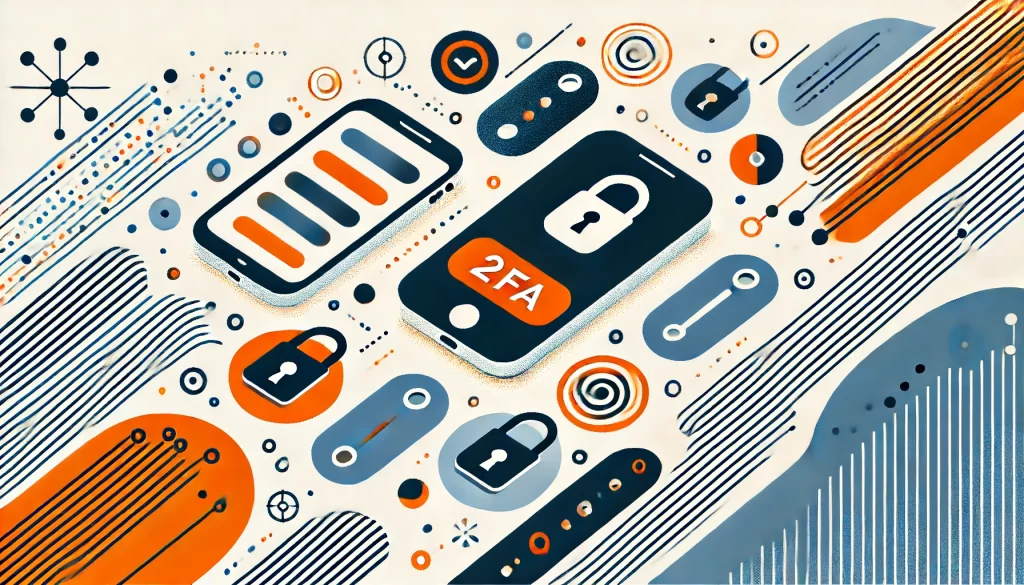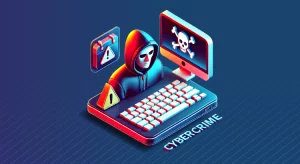
Two-Factor Authentication (2FA): Core Technology Behind Modern Security

In an era where cyber threats are ever-evolving, safeguarding sensitive information has become a critical priority. Two-Factor Authentication (2FA) is one of the most effective methods to enhance security and protect against unauthorized access.
This article will explain what 2FA is. Also discussed will be the various ways to use multi-factor authentication. Additionally, it will address the possible drawbacks of 2FA. Finally, it will cover how to use advanced security tools for better protection.
What is Two-Factor Authentication (2FA)?
Two-Factor Authentication (2FA) is a security process. It requires users to provide two different forms of ID. You must do this before accessing an account or system. This extra layer of security significantly reduces the risk of unauthorized access, even if someone compromises the primary credential (usually a password).
How 2FA Works
2FA typically combines two of the following factors:
- Something You Know: This is usually a password or PIN.
- Something You Have: This might be a mobile device, physical token, or a safety key.
- Something You Are: This refers to biometric verification, such as fingerprint, facial recognition, or iris scan.
2FA requires two different types of credentials to enhance security. If an attacker compromises one factor, they still need the second factor to gain access.
Multi-Factor Authentication Methods
Two-Factor Authentication (2FA) is merely a component of Multi-Factor Authentication (MFA). Knowing about all the different MFA methods available is important. MFA can include multiple layers beyond the standard two, providing even greater security. Here are some common MFA methods:
1. SMS-Based Authentication
In SMS-based 2FA, the system sends a verification code to the user’s registered mobile number. The user must enter this code along with their password to gain access. While convenient, this method has some vulnerabilities, such as SIM swapping attacks.
2. Authenticator Apps
Apps such as Google Authenticator, Authy, and Microsoft Authenticator create passwords that only work for a short time. This method is safer than SMS 2FA. The user creates the codes on their device. They do not send them over insecure channels.
3. Hardware Tokens
Physical devices like YubiKey or RSA SecurID generate authentication codes or use cryptographic keys to provide a second factor. Hardware tokens are highly secure, as they are difficult to replicate or intercept.
4. Biometric Authentication
Biometric methods include fingerprint scanning, facial recognition, and iris scanning. These factors are unique to the individual and provide a high level of security. However, they require compatible hardware and can sometimes be less convenient.
5. Push Notifications
The system sends push notifications to a user’s mobile device, prompting them to approve or deny the login attempt. This method combines convenience and security, as users can quickly verify logins with a single tap.
6. Email-Based Authentication
Some systems send a verification code or link to the user’s registered email address. This method is usually less secure than other methods because hackers can hack email accounts, despite its convenience.
Potential Downsides to Two-Factor Authentication
While 2FA significantly enhances security, it is not without its potential downsides. Here are some considerations:
1. User Convenience
2FA can add an extra step to the login process, which some users might find inconvenient. The need to carry a hardware token or have access to a smartphone can be a barrier for some.
2. Accessibility Issues
Not all users have access to the necessary devices for 2FA. For example, some may not own a smartphone required for authenticator apps or SMS-based verification.
3. Recovery Challenges
If a user loses their smartphone, they may not be able to access their second factor. This can make it difficult for them to recover their account. Organizations need robust recovery processes to handle such situations without compromising security.
4. Targeted Attacks
Sophisticated attackers can use techniques such as phishing or social engineering to bypass 2FA. For example, they might trick users into revealing their authentication codes.
5. Cost and Implementation
Businesses may incur additional costs when implementing 2FA, especially if they require hardware tokens. Also, an implementation overhead exists to integrate 2FA with existing systems and train users.
Leveraging Advanced Security Tools
To further enhance security, businesses can leverage advanced tools and solutions. DataSunrise offers easy-to-use tools for database security, data discovery, and compliance, including OCR. DataSunrise’s solutions can help secure sensitive data and ensure regulatory compliance, making it easier to manage and protect your database environment.
For robust database security, data discovery (including OCR), and compliance, consider exploring DataSunrise’s user-friendly and flexible tools. Request an online demo session with our team to see how DataSunrise can help secure your database environment effectively.
In conclusion, it is important to understand the various methods and potential drawbacks of 2FA. This will help in effectively implementing this powerful security measure. By using 2FA and other security measures, organizations can improve their security and defend against constantly changing cyber threats.
